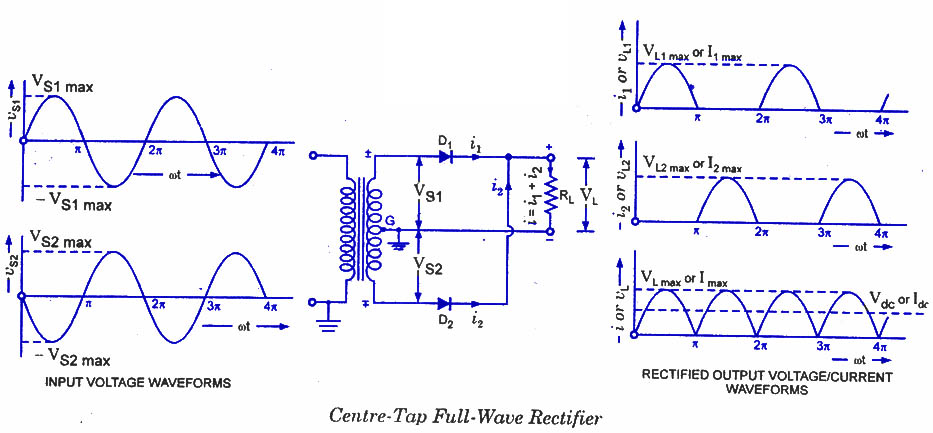Originally posted by hanon1492
View Post
 but that's part of story.
but that's part of story.
 but that's part of story.
but that's part of story.


const byte coilN = 5;
const byte coilS = 6;
void setup(){
pinMode(coilN, OUTPUT);
pinMode(coilS, OUTPUT);
}
void loop(){
for(int i = 0; i<360; i++){
i = (i+44); // change steps to 45 degree increments
float rad = DEG_TO_RAD * i;
int sinOut = constrain((sin(rad) * 128) + 128, 0, 255);
analogWrite(coilN, sinOut);
analogWrite(coilS, 255 - sinOut);
}
delay(40); //dwell time
for(int i = 0; i<360; i++){
i = (i+44);
float rad = DEG_TO_RAD * i;
int sinOut = constrain((sin(rad) * 128) + 128, 0, 255);
analogWrite(coilS, sinOut);
analogWrite(coilN, 255 - sinOut);
}
delay(40);
}
Comment